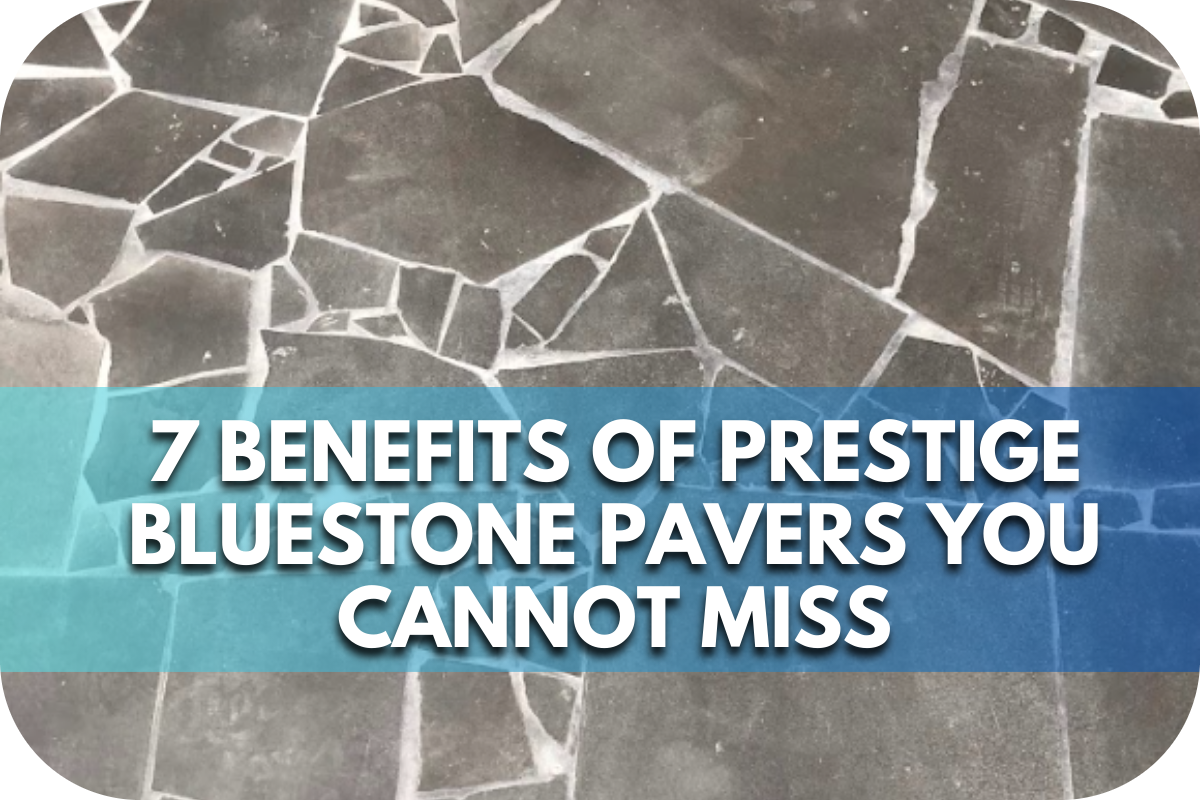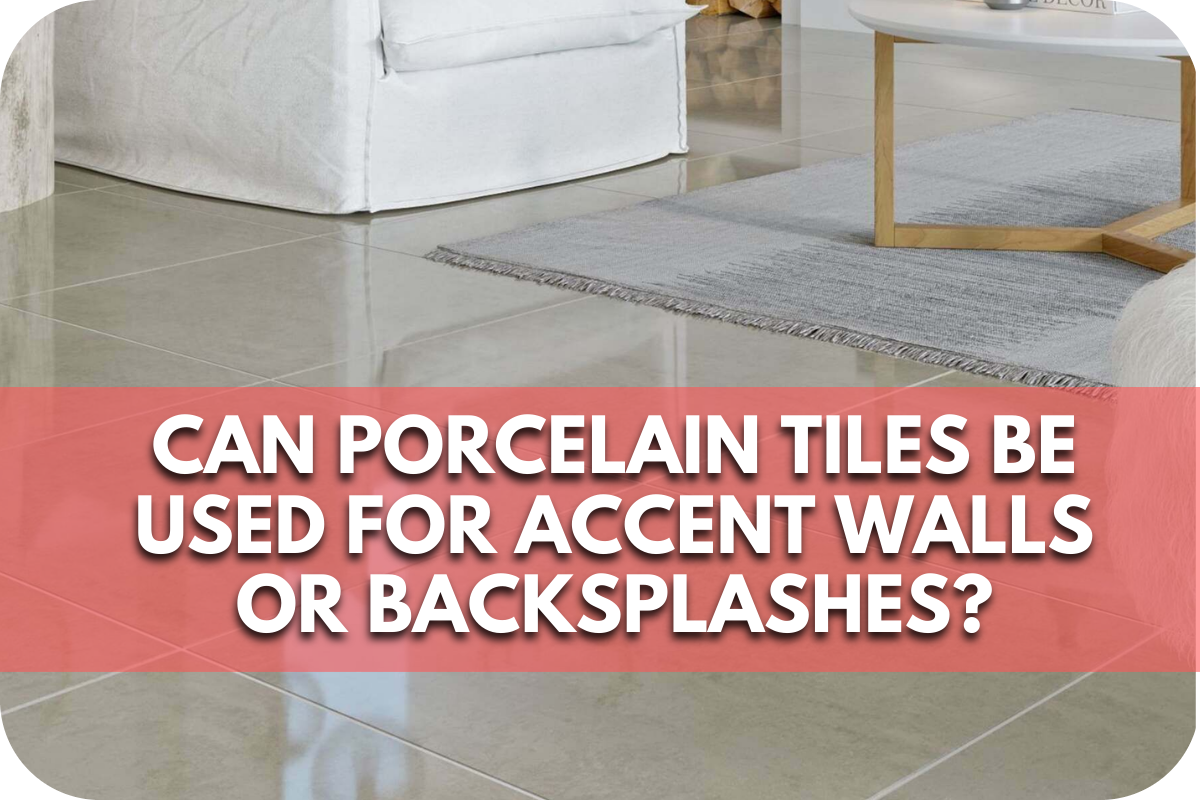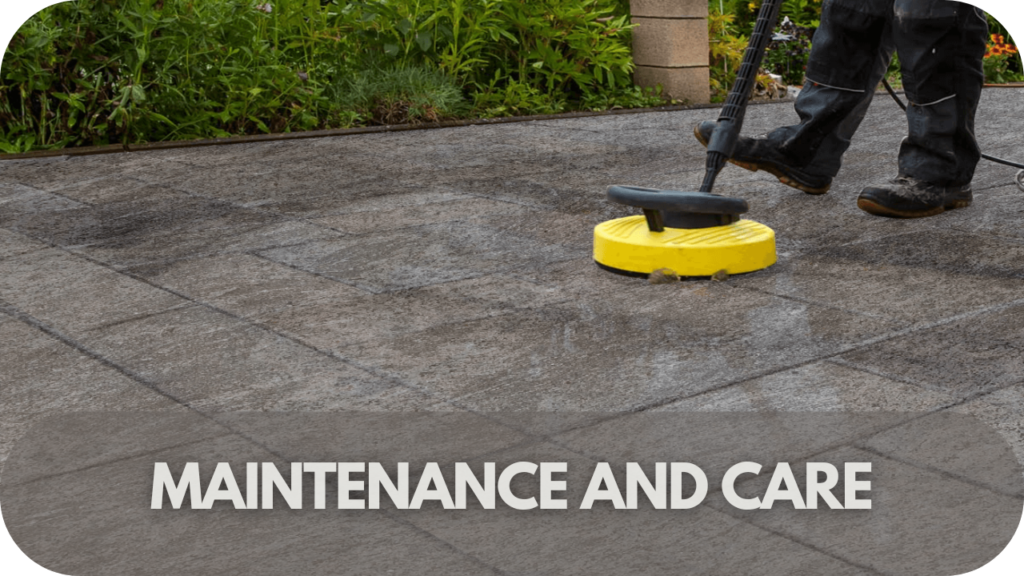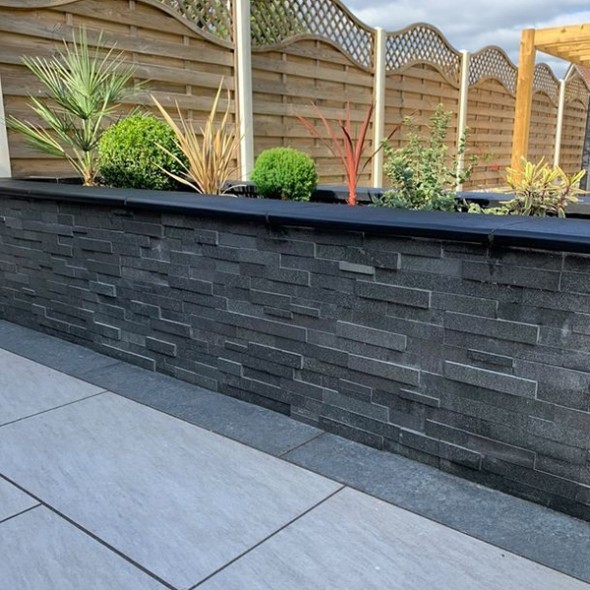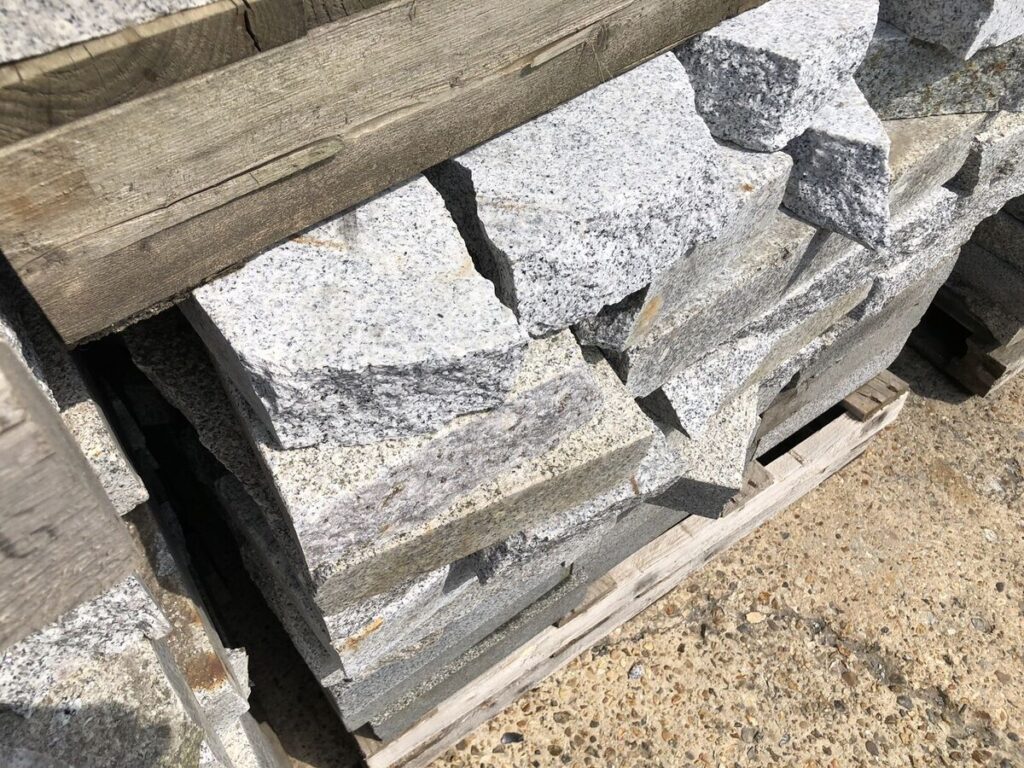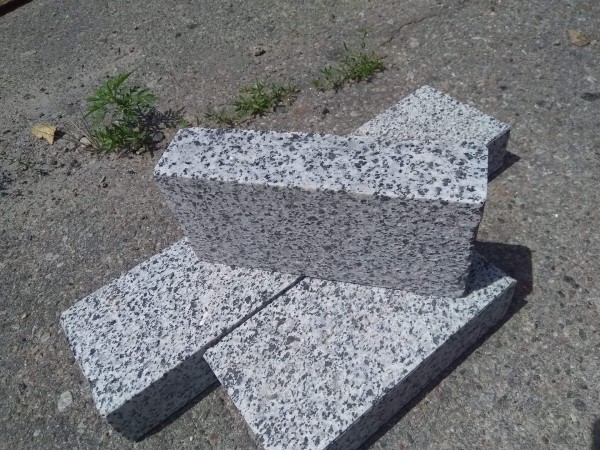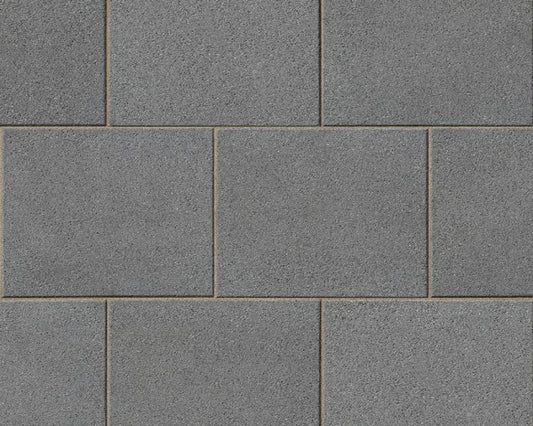Why Cobble Bluestone Pavers Add Rustic Charm
Tired of mundane outdoor spaces lacking character?
Imagine transforming your patio into a picturesque haven reminiscent of old-world charm and timeless appeal.
Learn how cobble bluestone pavers can infuse rustic elegance, revitalising any landscape with their rugged beauty and enduring allure.
The Aesthetic Appeal of Cobble Bluestone Pavers
Cobble bluestone pavers effortlessly enhance any landscape with their timeless rustic charm. Their natural, irregular shapes and shades of blue and grey create a visually captivating mosaic that stands out in contemporary and traditional settings.
The unique texture of bluestone pavers provides a tactile experience, inviting visitors to appreciate each stone’s craftsmanship and natural beauty.
One key aesthetic advantage of cobble bluestone pavers is their versatility. They can be used to craft intricate pathways, elegant driveways, or charming garden borders.
The subtle colour variations and organic patterns add depth and character to outdoor spaces, making each installation uniquely beautiful.
Moreover, bluestone’s aged appearance only improves over time, developing a patina that enhances its rustic allure. This enduring quality ensures that cobble bluestone pavers remain a stylish and attractive choice for years to come.
Unique Characteristics of Cobble Bluestone
Cobble bluestone stands out due to its unique characteristics, making it a favoured choice for adding rustic charm to various landscapes.
One of the most notable features of cobble bluestone is its exceptional durability. This natural stone is incredibly hard-wearing and can withstand heavy foot traffic and adverse weather conditions, ensuring long-lasting performance.
The distinctive colour palette of cobble bluestone, ranging from deep blues to subtle greys, provides a rich and dynamic appearance. These natural hues complement various architectural styles and blend seamlessly with the surrounding environment.
The inherent colour variations within each stone add depth and visual interest, creating a unique and appealing aesthetic.
Cobble bluestone’s irregular shapes and sizes contribute to its rustic allure. Each piece is unique, offering a handcrafted look that enhances the natural beauty of any outdoor space.
This irregularity allows for creative and flexible designs, making it possible to craft custom patterns and layouts that suit individual tastes and project requirements.
Moreover, cobble bluestone is low-maintenance, requiring minimal care to retain its attractive appearance. Its resistance to moisture and staining further enhances its practicality for outdoor use.
Applications of Cobble Bluestone Pavers
Cobble bluestone pavers are incredibly versatile, making them suitable for a wide range of applications in landscaping and construction. Here are some key applications:
- Pathways and Walkways: The natural, irregular shapes of the stones provide a rustic yet refined look, guiding visitors through gardens and outdoor spaces with an inviting charm.
- Driveways: Their exceptional durability and ability to withstand heavy loads make them ideal for high-traffic areas. The distinctive colour variations and textures add a touch of sophistication to residential entrances.
- Patio Areas: Cobble bluestone pavers enhance the aesthetic appeal of patios, improving the overall outdoor living experience. The stones’ unique characteristics allow for creative design possibilities, from intricate patterns to simple, elegant layouts.
- Garden Borders and Edging are perfect for defining garden spaces, providing a visually appealing and practical solution. Their resistance to weather and low maintenance requirements make them a long-lasting option for various landscaping projects.
Durability and Practicality
Cobble bluestone pavers are renowned for their exceptional durability and practicality, making them a wise investment for any outdoor project.
Bluestone’s standout features are its remarkable strength and ability to withstand heavy foot traffic and vehicular loads. This robustness ensures that the pavers maintain structural integrity over time, even in high-traffic areas such as driveways and walkways.
In addition to their strength, cobble bluestone pavers are highly resistant to weathering and environmental elements.
They can endure harsh weather conditions, including extreme temperatures, heavy rainfall, and prolonged exposure to sunlight, without losing their aesthetic appeal or functional performance. This weather resistance makes them particularly suitable for use in various climates.
Another practical advantage of cobble bluestone pavers is their low maintenance requirements.
Unlike other paving materials that may require frequent cleaning or sealing, bluestone pavers need minimal upkeep to retain their beauty and durability. Occasional sweeping and rinsing are usually sufficient to keep them looking their best.
Furthermore, the natural texture of bluestone provides excellent slip resistance, enhancing safety in wet conditions. This makes them an ideal choice for patios, pool surrounds, and other outdoor areas where safety is a priority.
Installation Techniques
Proper installation techniques are crucial to fully realising the benefits of cobble bluestone pavers. Follow these steps for a successful installation:
- Prepare the Base: Excavate the area to a suitable depth, typically 150-200mm (6-8 inches), depending on the application. Lay a compacted gravel or crushed stone base to ensure stability and proper drainage.
- Spread the Sand Layer: Spread a layer of sand over the base to create a smooth, level surface for the pavers. Ensure the sand layer is evenly distributed and compacted to prevent shifting and settling over time.
- Lay the Pavers: Carefully lay out the cobble bluestone pavers with consistent spacing and alignment. Adjust for the natural variations in size and shape to achieve a uniform and aesthetically pleasing appearance.
- Install Edge Restraints: Place edge restraints to keep the pavers in place and maintain the integrity of the design. Use plastic, metal, or concrete materials and securely anchor them to prevent movement.
- Fill the Joints: Fill the gaps between the pavers with sand or a jointing compound. This step stabilises the pavers and prevents weeds from growing between them.
- Compact the Surface: After filling the joints, compact the entire surface to ensure the pavers are firmly set and level. Use a plate compactor to achieve a solid and even finish.
Maintenance and Care
Proper maintenance and care are essential to preserving cobble bluestone pavers’ rustic charm and durability. Here are some key steps:
- Regular Sweeping: Regular sweeping is usually sufficient to remove debris and prevent the build-up of dirt and grime.
- Hosing Down: For a deeper clean, hosing down the pavers with water can help maintain their appearance. Use a mild detergent and a soft brush in cases of stubborn stains or moss growth. Avoid harsh chemicals that could damage the stone’s surface.
- Sealing: Sealing the pavers is recommended to protect them from stains and enhance their natural colours. Apply a high-quality stone sealer every few years, depending on exposure to weather and foot traffic. This helps prevent water penetration and potential frost damage.
- Inspecting Joints: Periodically inspect the joints between the pavers. Replenish the joint sand or compound to maintain stability and prevent weed growth.
- Addressing Damage: Promptly address any displaced or damaged pavers to ensure the overall integrity and aesthetics of the paved area.
Environmental Benefits
Cobble bluestone pavers offer several environmental benefits, making them eco-friendly for landscaping and construction.
One of the primary advantages is their natural origin. Bluestone is a natural material that requires minimal processing compared to manufactured alternatives, reducing the carbon footprint associated with its production.
Bluestone is also highly durable, so installations last longer and need less frequent replacement. This longevity reduces the demand for new materials and minimises waste.
Additionally, bluestone’s natural durability means it requires less maintenance and fewer chemical treatments, which can harm the environment.
Permeability is another significant environmental benefit of cobble bluestone pavers.
They allow rainwater to permeate the ground when installed with proper joint spacing, reducing runoff and promoting groundwater recharge. This helps manage stormwater and reduce the risk of flooding and erosion in urban areas.
Bluestone’s aesthetic longevity ensures that it remains appealing for many years, decreasing the likelihood of it being replaced due to aesthetic wear.
Conclusion
Cobble bluestone pavers offer a winning combination of natural beauty, durability, and eco-friendliness, making them the ideal choice for adding timeless rustic charm to any landscape. If you’re ready to transform your outdoor spaces, contact us today to explore our wide selection of cobble bluestone pavers and create a landscape that will be cherished for generations.



